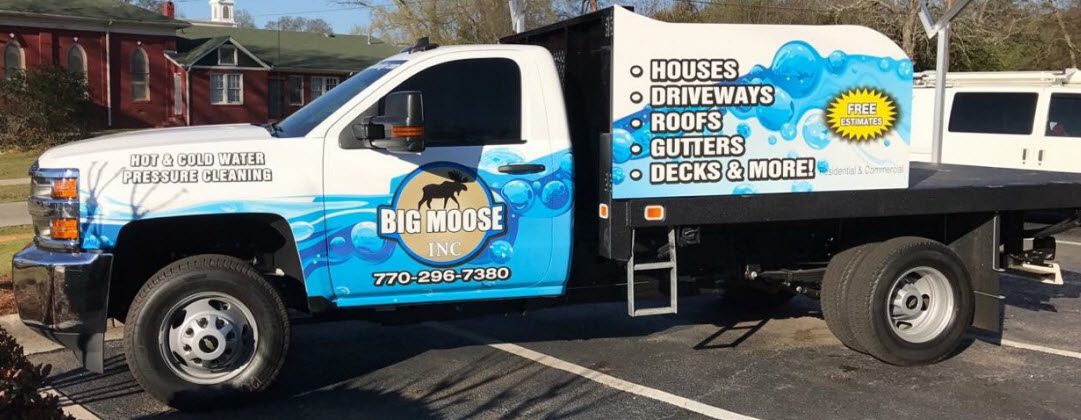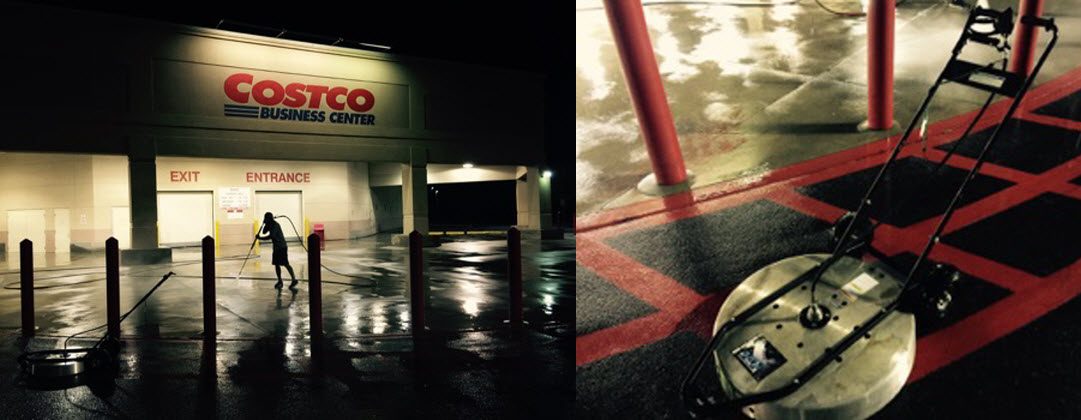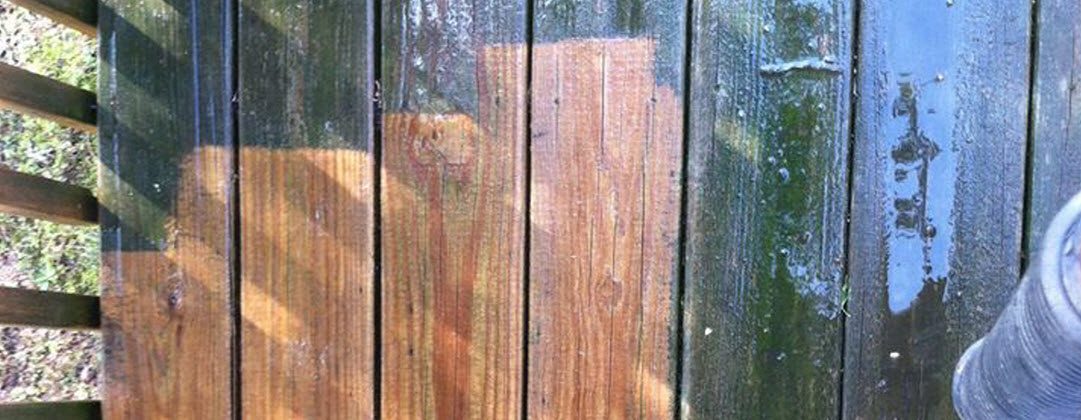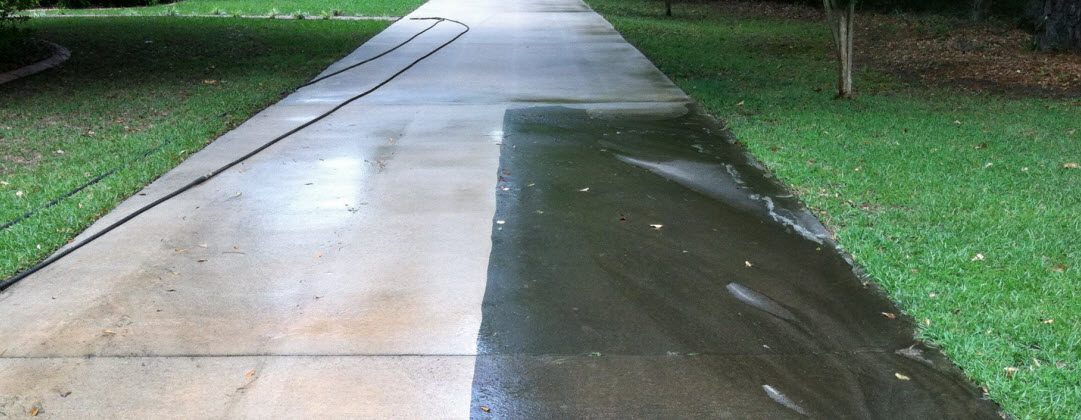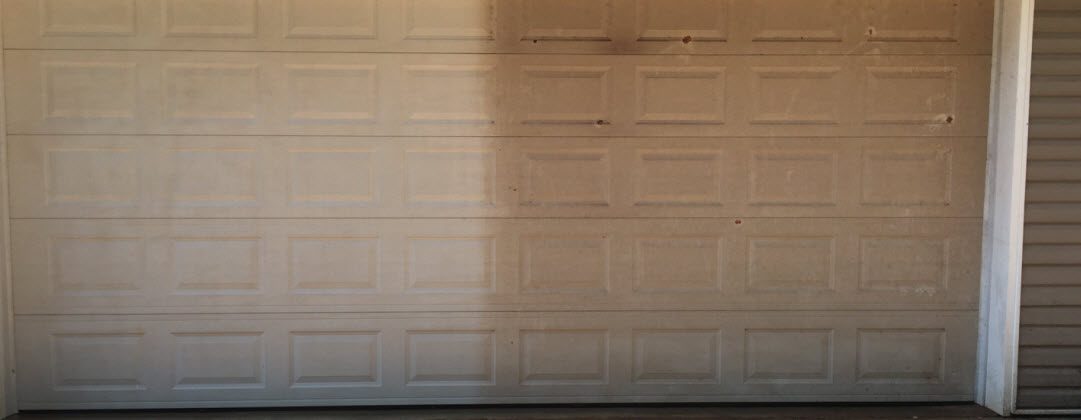Graffiti is no stranger to small towns or large cities; they are nearly everywhere. When many folks spot the graffiti, they often immediately assume it is gang related, where they are marking their turf. Others see graffiti and appreciate the artistry of it all. Where typically citizens find graffiti a nuisance, there is an interesting history as to where graffiti all began. Today, we at Big Moose Pressure Cleaning would like to share some of the basic history concerning graffiti.
Taki 183 Art with Markers
Viewed very differently, the first graffiti artists date back to Ancient Rome, where they would inscribe artistic writing on the wall. Fast forward through time as modern graffiti art, as we came to know it, originated in New York back in the late 1960 and subway trains were the first canvas. Taki 183, a messenger that lived on 183rd Street in Washington Heights would start an interesting trend. Traveling the whole city as a messenger, Taki 183 with a marker in hand, would mark his name everywhere he passed in his travels. Interior and exterior surfaces of subway trains would bear the mysterious name Taki. As the name continued to pop up in so many places, locals eventually became intrigued with the lure behind the bizarre “tagging”. In 1971, The New York Times took matters into their own hands and performed an investigation that would soon be solved in 1971, where the tracked down and interviewed Taki. Taki was getting so much positive attention from is graffiti that kids began to follow suit and emulate their new role model; after all, who doesn’t want to write on the wall? The popular trend grew and very soon the young adolescents would have intricate competitions for the most name tagged all over the city.
Spray Paint Graffiti
The competition evolved and the use of mere markers on the trains would not be the way to go. Spray paint was the new weapon of choice and that’s when graffiti became more elaborate. Artists would improve the simplistic print of their names with artistic flare and style using exciting and bright colors and incorporating brilliant special effects, all in the attempt to oust shine one another. Size of the tagging would quickly be included in the contests. With these graffiti artists wanting their 10 minutes of fame the battlefront would soon become an epic war. Artists would strategize their art piece; carrying notebooks and congregate in various places to develop new ideas as well as critique and give feedback to each another. Some graffiti artists would band together and work in crews so that they could alternate tagging a wall while others would be on lookout patrol for law enforcement.
Is Graffiti Art or Vandalism Debate
Graffiti eventually revolutionized political and social view points and influences. Some artists would keep to the origins and still tag walls using their code name, some would go on to paint far more in their graffiti. Some graffiti art has found its way into several museums and art galleries around the world. Now a new battle has been created. Some argue graffiti is art where others protest and say graffiti is vandalism. Where both sides have valid points the federal government has determined it was against the law. If caught tagging graffiti, depending on the surrounding factors, the artists can face fines, community service, probation, and other such consequences.
Graffiti Removal, Pressure Washing & More in McDonough, Barnesville, Fayetteville, Covington, Locust Grove, Griffin, Stockbridge & Social Circle Georgia
If you have some graffiti that is in need of removal, contact Big Moose Pressure Cleaning today and we will provide our graffiti removal service.

